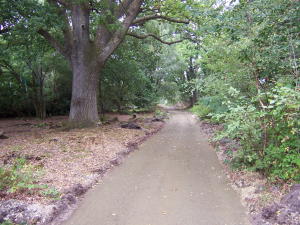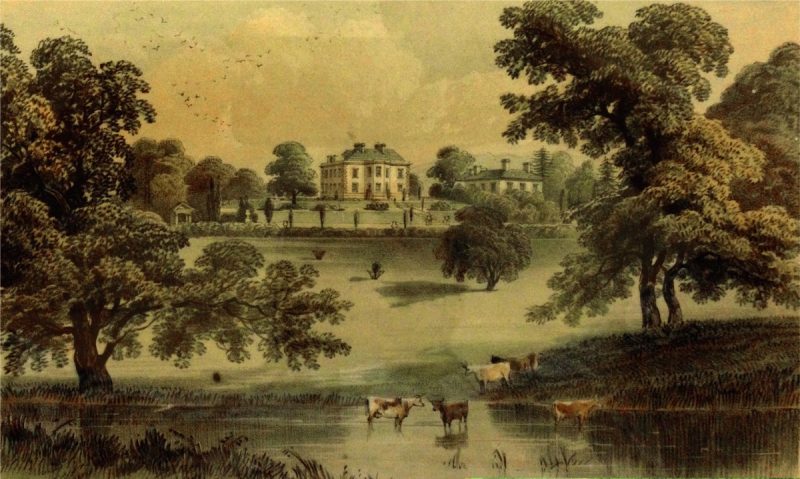Stover Country Park comprises part of the 80,000-acre estate acquired by James Templer, a Devonian entrepreneur, in the late eighteenth century.
Templer replaced the old house, Stoford Lodge, and in 1777 built himself a large mansion house in the Palladian style which he named Stover House.
He undertook a landscaping scheme to form the gardens of the house, which significantly influenced the appearance of the area. It included the construction of Stover Lake, which covers approximately 4.05 hectares (10 acres), with water originally entering from the Ventiford Brook.
The work included the planting of exotic trees and shrubs and the construction of a 1.5 mile carriage drive. Also to be included in the Templers’ legacy to the area is the Stover Canal, which runs from Jetty Marsh, Newton Abbot to nearby Ventiford, and the Haytor Granite Tramway (combined they form much of the Templer Way).
![boundary_stone[1]](https://www.devon.gov.uk/stovercountrypark/wp-content/uploads/sites/105/2016/01/boundary_stone1-221x300.jpg)
The 18 mile Templer Way from Haytor to Teignmouth passes through the Park. It follows the route of granite transported from Dartmoor to the coast. The remains of the canal and the subsequent railway also illustrate the transport of clay and other goods. For further information please select The Templer Way. There is also an associated 4.5 mile Heritage Trail.

In 1842 James Veitch, the illustrious Devon plantsman and landscaper, advised the Duke of Somerset of improvements that might be made to the grounds of Stover. Among his advice was that some land still needed draining, in certain places walks and grassy glades could be introduced and some of the ‘tall, naked laurels’ cut back.
He also suggested that some groups of rhododendrons be planted. Seymour maintained Stover as his principle residence in the county and it remained wholly in that family until the death of the grandson of the twelfth Duke of Somerset in 1927. However, some of the Stover estate was sold off prior to this in 1921. Since 1932 Stover House has been the location for the privately run Stover School, standing just outside the boundary of the Park.
The Country Park is historically part of the Bovey Heath, an expanse of wet boggy lowland heath, which covered the majority of the Bovey Basin. Following the decline and sale of the estate in the 1930’s the site was bought by the Forestry Commission and stands of Scots pine, Norway spruce, Douglas fir, western hemlock, Sitka spruce and larch were subsequently planted.
The Country Park is now owned and administered by Devon County Council having been purchased in 1979 from the Forestry Commission.
The Country Park was designated a Site of Special Scientific Interest (SSSI) in 1984 by the Nature Conservancy Council (now English Nature) due to its rare dragonfly species and invertebrates. It was added to the register of Historic Parks and Gardens in 1995, and was declared a Local Nature Reserve in 2001. It also achieved a Green Flag Award every year since 2005.
For this with an interest in the history of Stover Park, we have copies of ‘Stover Park History and Connections’ by Stuart Drabble available for sale at £19.50. This book charts the history of Stover Park from earliest times to the present day and the people involved in its development. Published by Stover Historic Landscape Trust (2021); 256pp. Please give us call on 01626 835 236 to find out more or purchase a copy.
